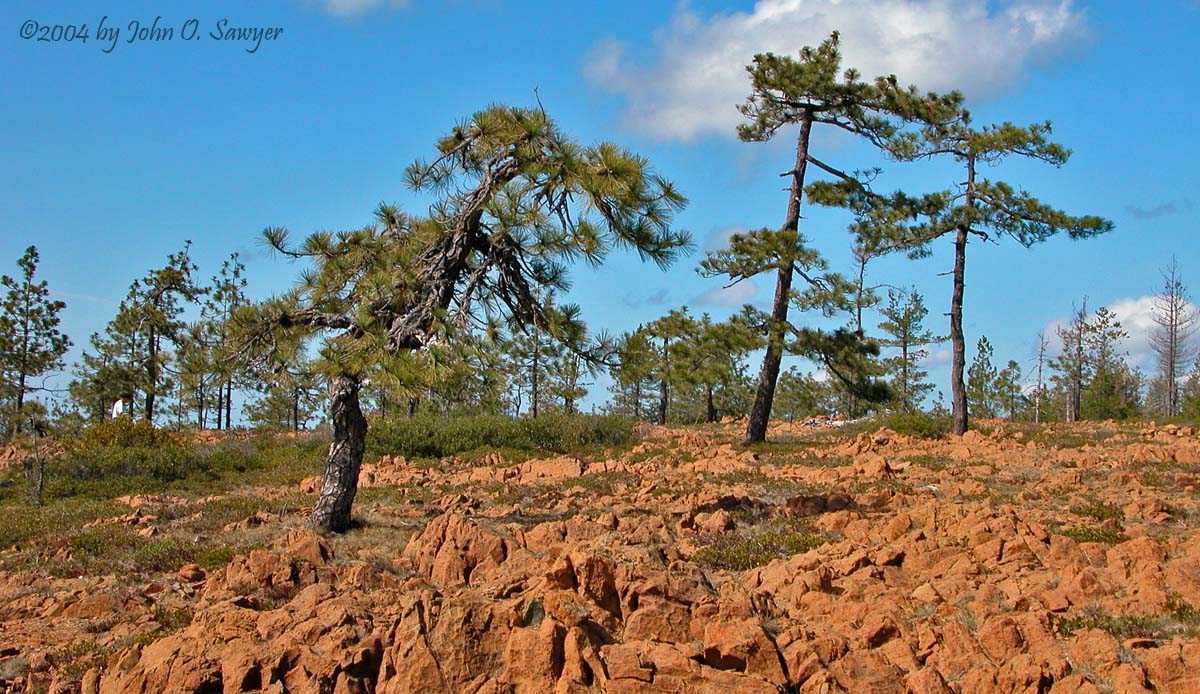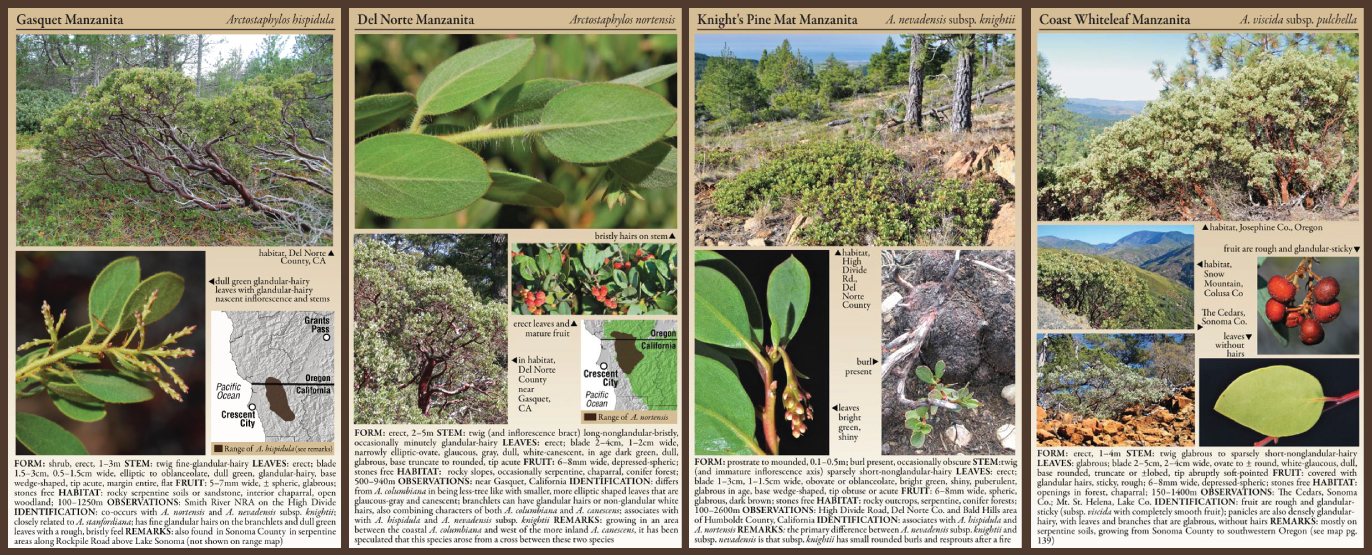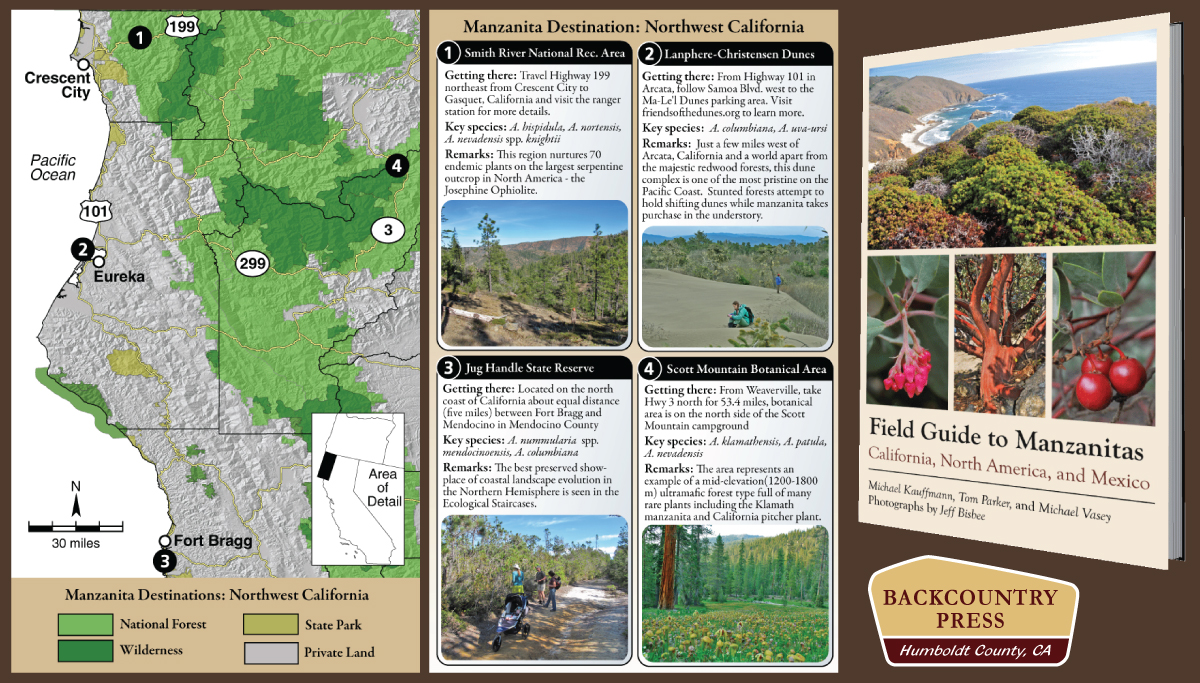
One of the most interesting geologic stories in western North America is told by the ultramafic rocks that were formed deep in the ocean floor. As the Pacific Plate collided and dove beneath (subduction) the North American Plate, the bottom layers from deep oceanic mantle were scraped (obduction) onto the North American Plate. These depositions are referred to as ophiolites and the Klamath Mountains present some of the most extensive examples on Earth.

The obducted ophiolites consist of a suite of layers. From the bottom to the top, ultramafic rocks like peridotite are beneath gabbro, followed by sheeted basalt dikes, pillow basalts, and then other sedimentary rocks. The icing on the cake is loosely deposited sediments from oceanic organisms. Each of these layers of igneous rocks (excluding the top layers of sediments) become progressively laden with minerals containing high concentrations of metals like iron and magnesium. The deepest layer, the ultramafics, contain the highest concentrations of minerals.

The concentrated minerals in serpentine constrain some plants from performing various metabolic functions; for example, high levels of magnesium restrict a plant’s uptake of calcium. Plants that can survive on these soils are slow-growing. Many of these plants have become geographically and reproductively isolated from parent populations and in some cases have evolved into new species. Sawyer (2006) has recorded 200 endemic plants on the serpentine outcrops of northwestern California. Three of these are manzanitas!

Arctostaphylos species in Del Norte County (*endemic or near endemic)
- canescens subsp. canescens
- columbiana
- glandulosa subsp. glandulosa
- glandulosa subsp. cushingiana
- hispidula*
- nevadensis subsp. nevadensis
- nevadensis subsp. knightii*
- nortensis*
- patula
- uva-ursi
- viscida subsp. pulchella


